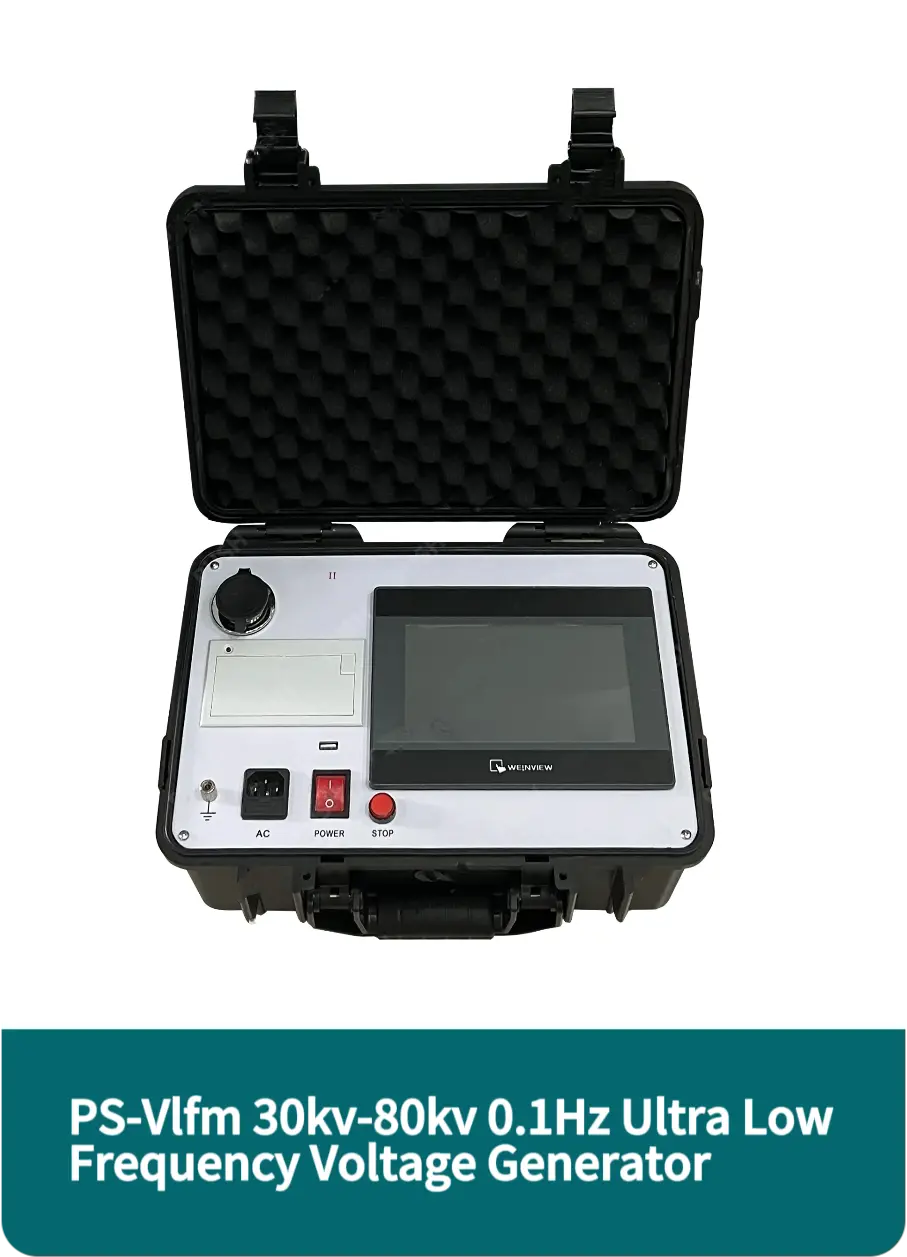 English
English



-
 Afrikaans
Afrikaans -
 Albanian
Albanian -
 Amharic
Amharic -
 Arabic
Arabic -
 Armenian
Armenian -
 Azerbaijani
Azerbaijani -
 Basque
Basque -
 Belarusian
Belarusian -
 Bengali
Bengali -
 Bosnian
Bosnian -
 Bulgarian
Bulgarian -
 Catalan
Catalan -
 Cebuano
Cebuano -
 China
China -
 China (Taiwan)
China (Taiwan) -
 Corsican
Corsican -
 Croatian
Croatian -
 Czech
Czech -
 Danish
Danish -
 Dutch
Dutch -
 English
English -
 Esperanto
Esperanto -
 Estonian
Estonian -
 Finnish
Finnish -
 French
French -
 Frisian
Frisian -
 Galician
Galician -
 Georgian
Georgian -
 German
German -
 Greek
Greek -
 Gujarati
Gujarati -
 Haitian Creole
Haitian Creole -
 hausa
hausa -
 hawaiian
hawaiian -
 Hebrew
Hebrew -
 Hindi
Hindi -
 Miao
Miao -
 Hungarian
Hungarian -
 Icelandic
Icelandic -
 igbo
igbo -
 Indonesian
Indonesian -
 irish
irish -
 Italian
Italian -
 Japanese
Japanese -
 Javanese
Javanese -
 Kannada
Kannada -
 kazakh
kazakh -
 Khmer
Khmer -
 Rwandese
Rwandese -
 Korean
Korean -
 Kurdish
Kurdish -
 Kyrgyz
Kyrgyz -
 Lao
Lao -
 Latin
Latin -
 Latvian
Latvian -
 Lithuanian
Lithuanian -
 Luxembourgish
Luxembourgish -
 Macedonian
Macedonian -
 Malgashi
Malgashi -
 Malay
Malay -
 Malayalam
Malayalam -
 Maltese
Maltese -
 Maori
Maori -
 Marathi
Marathi -
 Mongolian
Mongolian -
 Myanmar
Myanmar -
 Nepali
Nepali -
 Norwegian
Norwegian -
 Norwegian
Norwegian -
 Occitan
Occitan -
 Pashto
Pashto -
 Persian
Persian -
 Polish
Polish -
 Portuguese
Portuguese -
 Punjabi
Punjabi -
 Romanian
Romanian -
 Russian
Russian -
 Samoan
Samoan -
 Scottish Gaelic
Scottish Gaelic -
 Serbian
Serbian -
 Sesotho
Sesotho -
 Shona
Shona -
 Sindhi
Sindhi -
 Sinhala
Sinhala -
 Slovak
Slovak -
 Slovenian
Slovenian -
 Somali
Somali -
 Spanish
Spanish -
 Sundanese
Sundanese -
 Swahili
Swahili -
 Swedish
Swedish -
 Tagalog
Tagalog -
 Tajik
Tajik -
 Tamil
Tamil -
 Tatar
Tatar -
 Telugu
Telugu -
 Thai
Thai -
 Turkish
Turkish -
 Turkmen
Turkmen -
 Ukrainian
Ukrainian -
 Urdu
Urdu -
 Uighur
Uighur -
 Uzbek
Uzbek -
 Vietnamese
Vietnamese -
 Welsh
Welsh -
 Bantu
Bantu -
 Yiddish
Yiddish -
 Yoruba
Yoruba -
 Zulu
Zulu
Exploring Techniques in Potentiometric Titration for Analyzing Precipitation Reactions
Understanding Precipitation Potentiometric Titration
Precipitation potentiometric titration is a valuable analytical technique used in chemistry to determine the concentration of certain ions in a solution through the formation of insoluble precipitates. This method combines the classical principles of titration with the advanced technology of potentiometry, which measures the voltage change in an electrochemical cell that occurs during a titration process. In this article, we will explore the fundamental principles behind precipitation potentiometric titration, its applications, advantages, and limitations.
Fundamental Principles
At the heart of precipitation potentiometric titration is the reaction between a solution containing an analyte ion and a titrant that forms a sparingly soluble salt. This method is particularly useful for determining the concentration of halides, sulfates, and heavy metals in various samples. The titration involves the gradual addition of the titrant to the analyte solution, where the formation of a precipitate occurs once a specific threshold concentration is reached.
During the titration, an ion-selective electrode (ISE) is used to monitor the potential change in the solution. This electrode responds selectively to the specific ion of interest, allowing for accurate measurement of the ion concentration. The voltage measured corresponds to the concentration of the precipitate and indicates when the end-point of the titration is reached.
Applications
Precipitation potentiometric titration has numerous applications across various fields, including environmental analysis, clinical diagnostics, food safety, and pharmaceutical development. In environmental science, this method can be employed to quantify pollutants such as lead or mercury in water sources, ensuring compliance with safety standards. In clinical settings, it plays a role in determining electrolyte levels in bodily fluids, aiding in diagnosing conditions like renal failure or dehydration.
Furthermore, the food industry benefits from precipitation potentiometric titration by assessing levels of additives or contaminants in food products. In pharmaceuticals, it is used to control the quality and purity of raw materials and finished products.
precipitation potentiometric titration

Advantages
One of the primary advantages of precipitation potentiometric titration is its high sensitivity and specificity. The use of ion-selective electrodes allows for precise measurements of low concentration ions, reducing the chances of interferences from other components in the solution. Additionally, the automated nature of modern potentiometric titration systems provides reproducible and reliable results, which are essential in regulatory compliance and quality control practices.
Another significant benefit is the versatility of this technique. It can be adapted for various analytes and can be conducted in different sample matrices, making it a valuable tool for analytical chemists.
Limitations
Despite its numerous advantages, precipitation potentiometric titration is not without its limitations. One major drawback is that it may not be suitable for all types of solutions, particularly those that form highly soluble complexes with the titrant. Additionally, the formation of colloidal precipitates can complicate the end-point determination, leading to inaccuracies in results.
Furthermore, the technique may require careful calibration of the ion-selective electrode, as variations in temperature and ionic strength can affect its performance. Therefore, proper training and understanding of the method are crucial for obtaining reliable data.
Conclusion
In summary, precipitation potentiometric titration is a powerful analytical tool that enables the determination of ion concentrations in a wide variety of samples. Its precision, sensitivity, and adaptability make it an essential method in various scientific fields. However, potential limitations must be considered to ensure reliable results. By understanding the principles and applications of this technique, researchers and practitioners can effectively utilize this method to meet their analytical needs.
-
Using Distillation Range Testers in the Food and Beverage IndustryNewsApr.16,2025
-
The Impact of IoT on Distillation Range Tester PerformanceNewsApr.16,2025
-
The Best Distillation Range Testers for Extreme ConditionsNewsApr.16,2025
-
How Distillation Range Testers Save Time and MoneyNewsApr.16,2025
-
Distillation Devices for Advanced Separation TechniquesNewsApr.16,2025
-
Common Mistakes to Avoid When Using a Distillation Range TesterNewsApr.16,2025



